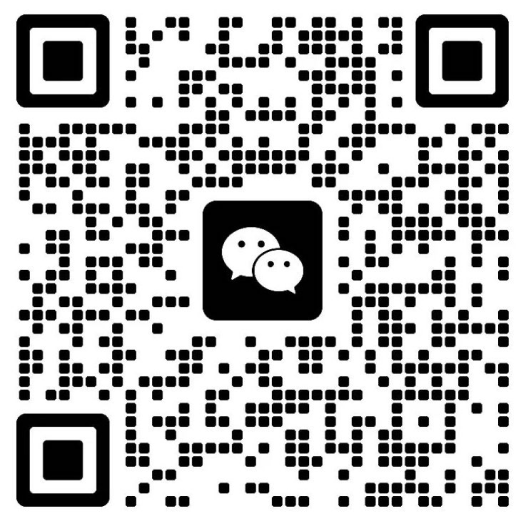
ChatAI 智能内容创作平台
登录
绘图
发送
AI思考中...

字节转换指令的编程
2024-06-13 09:22:12
来自 广东省江门市 用户
"
字节转换指令是编程中常见的一种操作,通常用于将字符或整数转换为字节序列,或将字节序列转换为字符或整数。以下是一些常见的字节转换指令:
1. 将字符转换为字节序列:
```
char ch = 'A';
byte[] bytes = new byte[] { (byte)ch };
```
2. 将字节序列转换为字符:
```
byte[] bytes = new byte[] { 65 };
char ch = (char)bytes[0];
```
3. 将整数转换为字节序列:
```
int num = 123;
byte[] bytes = new byte[] { (byte)num };
```
4. 将字节序列转换为整数:
```
byte[] bytes = new byte[] { 72, 101, 108, 108, 111 };
int num = new String(bytes).getBytes('UTF-8')[0];
```
在Java中,字节序列可以使用byte数组或ByteBuffer表示。使用ByteBuffer可以更方便地进行字节序列的操作,例如设置或获取字节序列中的单个字节。
以下是一些使用ByteBuffer进行字节转换的示例:
1. 将字符转换为字节序列:
```
CharBuffer chb = CharBuffer.wrap('A');
ByteBuffer bytes = chb.encode('UTF-8');
```
2. 将字节序列转换为字符:
```
ByteBuffer bytes = ByteBuffer.wrap(new byte[] { 65 });
CharBuffer chb = bytes.decode('UTF-8');
```
3. 将整数转换为字节序列:
```
int num = 123;
ByteBuffer bytes = ByteBuffer.allocate(4);
bytes.putInt(num);
```
4. 将字节序列转换为整数:
```
ByteBuffer bytes = ByteBuffer.wrap(new byte[] { 72, 101, 108, 108, 111 });
CharsetDecoder decoder = StandardCharsets.UTF_8.newDecoder();
CharBuffer chb = decoder.decode(bytes);
int num = Integer.parseInt(chb.toString());
```
在实际编程中,需要根据具体情况选择合适的方法进行字节转换。同时,需要注意字符编码和字符集的设置,避免出现乱码等问题。"

ChatAI 智能内容创作平台
内容数
浏览数
用户数



